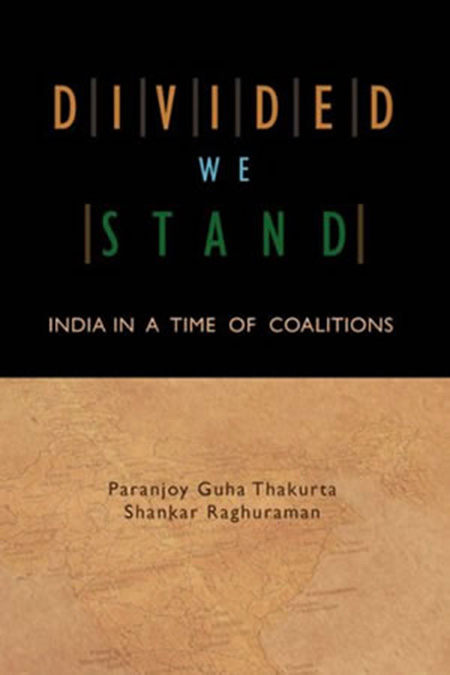This topical and absorbing book, written by two eminent journalists, explains why India has entered a new era of coalition politics. It analyses the consequences and implications of this relatively recent phenomenon. India has come a long way from the time since the Congress dominated the country's polity. The authors argue that the multi-party structure of government, or a coalition government, is neither temporary nor an aberration. Coalitions are here to stay, at least in the foreseeable future. The authors dismiss the view that India's polity is essentially bipolar, that is, led by either of the two largest political parties - the Congress or the Bharatiya Janata Party. They do not accede to the contention that other political parties have no option but to align themselves with either the Congress or the Bharatiya Janata Party. Continuing the analysis begun in their earlier work, A Time of Coalitions: Divided We Stand (Sage, 2004) both authors skilfully piece together the complex jigsaw of Indian politics. The authors point to the fragmentation of Indian polity with the rise of caste-based and regional parties and the formation of coalitions at the federal as well as provincial levels. This, they say, should not be perceived as a negative feature but as a positive influence on the working of the country's democratic structures. The authors take the view that coalition governments are in fact better equipped to deal with the tensions of India's deeply divided and highly hierarchical society. In comparison, governments dominated by single parties tend to both centralize and homogenize.
Divided We Stand


